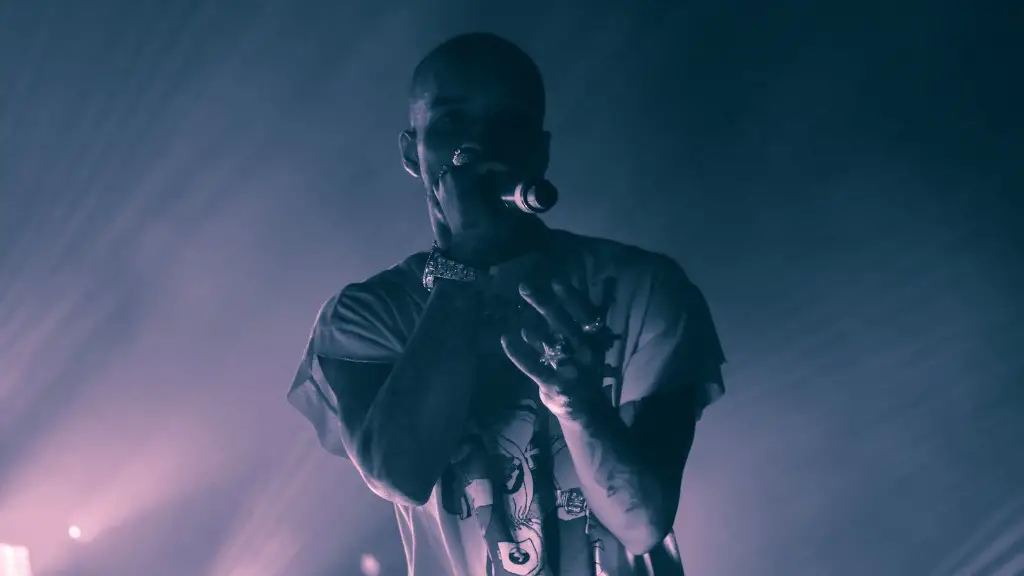Section 1
When it comes to learning how to draw funny, it’s important to understand that there’s no one-size-fits-all approach. Everyone will have their own unique style and interpretation, and it’s all about playing around and experimenting until you get the desired result. It can also be heaps of fun! To get you started, here are some key elements you’ll need to put together a humorous picture.
First and foremost, you’ll need to master the art of exaggerating certain body parts or features. This will help to make the characters exaggerated and emphasis the comic effect. But don’t go over the top – if it looks too unnatural and forced, it will become too obvious and lose its charm.
Then, play with the expressions on the characters’ faces. This can be tweaked when it comes to their eyebrows, mouths and eyes. You can create funny eyebrows with shapes like upside down ‘V’s and down-facing ‘^’s, for example. Additionally, making the characters’ mouths open with tongues sticking out or adding big, big eyes to capture facial expressions of shock or surprise.
You can also make your draw funny with the help of certain props. Carrying anything from a huge umbrella to a rubber chicken has the potential to bring out a chuckle! Don’t be afraid to use props – it can often be the magic ingredient your humourous composition needs.
Finally, it’s worth noting that props and expressions are only part of the deal when it comes to funny drawings. You’ll also need to pay attention to the characters’ body language and add some dynamic, witty movement that helps communicate your joke.
Section 2
To really make a funny picture jump off the page, it’s all about the setting that you choose. This is literally what sets the tone for the entire piece, and helps build a strong context for the characters. Consider positioning your characters in an office, a museum, a park, or virtually any other scenario you can think of. Then, be sure to use the elements in the environment to enhance your joke.
Tonality is another aspect of setting that’s important to get right, and involves deciding the attitude of the piece. Is it going to be light-hearted, comic, full-on slapstick, or something else entirely? You have lots of optio here and it’s all up to you to decide.
Then, you can use elements of colour to contribute to the atmosphere of the drawing. It’s all about dynamic contrast – use powerful colours to give the illusion of movement, or blur the distinction between certain shapes with similar shades to make everything look natural and cohesive.
Finally, when applying the finishing touches to your drawing, remember that it’s all about texture and details. Push yourself to add extra layers of texture, highlighting and shadows which will give your drawing more depth, complexity and character. This can be achieved through the use of pencils, paper textures, adding patches of colour and adjusting the outlines of the drawing.
Section 3
Now that you understand the basics of funny drawings, it’s time to put plan into action and make your dream composition a reality. Here are some useful techniques and tips you can use to help you along the way.
The golden rule is always to start in small steps – start with basic shapes and lines, and build up the scene gradually. Focus on generating loose sketches, doodles and exaggerated faces to give yourself an understanding of your characters. Take your time and see what works and what doesn’t – there’s no rush.
Also, don’t be afraid to call on your creative intuition, as funny drawings often require a certain degree of freedom to get the full impact of the humour. Don’t try too hard to stick to the rules – you’ll find that often the real funny stuff comes out of nowhere and makes it all the funnier.
Then, practice makes perfect! Don’t be shy about starting again if you feel like the joke isn’t working. Funny drawings are like any other form of art – you need to nail the foundations first. Keep practising and exploring different techniques, and it will pay off in the end.
If you’re really having difficulty putting your ideas together, it also pays to look into the history of cartoon drawings and get some inspiration from other artists. There’s plenty of great material out there, so use it to get a better understanding of how you want your drawing to look.
Section 4
While being creative and experimenting with humour are both important, another key element when drawing funny is learning the basics. This means understanding proportion and shape, light and shadow, and the effects of perspective and depth. Such things go a great way in making your drawings look realistic.
Perspective and depth are also key in setting a scene, and help you create a sense of distance. When points and lines appear smaller as they recede into the background, this will make it easier to recreate small details, such as shadows and highlight effects.
Nailing down the sequence of events is also essential, as this will allow you to layer the scene from front to back and add in subtle movements and poses. A simple foreground-middle-background structure will work wonders here.
Finally, it pays to hone the finer details of drawing – things like creating the curved lines of a joke tree, adding wiggles and articulated shapes that seem out of place, plus lots of other features that add that extra bit of charm.
So there you have it – the basic elements required to pull off a funny drawing. Test out your techniques and don’t be afraid to experiment. Have fun, and remember, it doesn’t have to be perfect every time – just keep at it and you’ll keep getting better and better.
